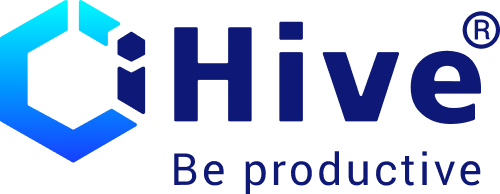
Reduce liability risks in facility management
Uncategorized,
22 December 2023
Liability risks in building management are complex and arise from various factors that require risk mitigation strategies. The aim is to ensure the safety, compliance and general well-being of residents and the surrounding area.
For example, poor maintenance practices can pose a significant risk because neglected equipment can result in accidents, injuries or property damage. Secondly, failure to comply with safety regulations can result in legal consequences and financial liabilities. Thirdly, security deficiencies such as: B. inadequate monitoring or access control, can lead to theft, vandalism or unauthorized access, which in turn can result in legal consequences. Fourth, negligence or inadequate training of staff can result in accidents or injuries, making facility management responsible for the welfare of employees.
Avoidance of claims for damages through timely maintenance appointments
One of the main reasons for compensation claims in the real estate industry is damage caused by missed maintenance appointments. Lift systems and drains are particularly susceptible to problems that, if left untreated, can cause costly water damage. Accidents or injuries can also be the result of neglected maintenance.
To avoid such problems, it is crucial to perform regular maintenance. A modern solution like iHive can help manage and monitor tasks to ensure that no maintenance appointments are missed. Maintenance intervals can be freely defined; the respective recurring task automatically appears as a reminder function in the task list of the person responsible.
Keep an eye on traffic safety obligations
The traffic safety obligation is an important aspect of real estate management. This includes not only the maintenance of the systems, but also the proper cleaning (e.g. clearing sidewalks when there is snow or keeping escape routes clear) or inspecting the systems for the purpose of visual inspection. This is to ensure that all facilities and equipment are in good working order and comply with relevant regulations.
In the unfortunate event of an incident, the responsible facility management should be able to prove that the traffic safety obligation has been fulfilled. This is done using complete documentation of the relevant activities that have taken place, the person responsible for them and the person carrying them out.
Gray area between testing and maintenance: A challenge for facility managers
A common gray area in property management is between inspection and maintenance. A good example of this is the water filter that is present in every home and needs to be flushed every 3-6 months. It is important to understand when a simple check is sufficient and when more extensive maintenance is necessary. The communication chain often breaks down here between the person checking and the person who can arrange comprehensive maintenance or parts replacement. To ensure that no sub-task or follow-up appointment with a specialist is missed, we recommend using digital task management that can be filled directly on site during a visual inspection.
Feedback and internal documentation: key aspects of liability avoidance
To minimize liability risks, it is crucial to not only delegate tasks but also ensure that they are completed properly. This requires clear communication and feedback from the employees or service providers responsible for maintenance. An internal record should be kept of what maintenance work has been carried out in order to have clear evidence in the event of claims for damages.
In summary, regular maintenance of systems, complete documentation and compliance with legal requirements are crucial in order to minimize liability risks in facility management. A user-friendly solution like iHive can serve as a digital documentation system on the one hand, and on the other hand can display task management centrally and on a mobile basis and can be operated from anywhere. This ensures that your properties are properly maintained and potential liability risks are minimized.
 Make appointment
Make appointment



